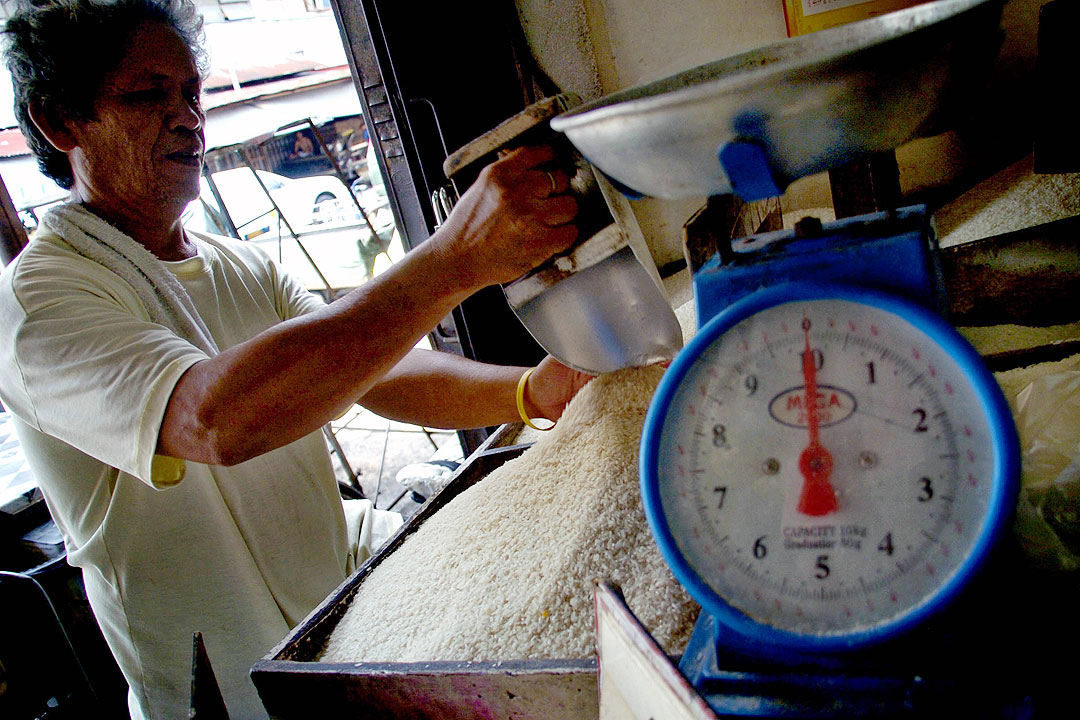A FARMERS’ association said the government’s assertion that rice prices have fallen since imports were liberalized would not hold true if current prices were compared to prices in 2017.
Federation of Free Farmers National Manager Raul Q. Montemayor said in a statement: “The Department of Agriculture is hiding the fact that rice prices after the RTL (Rice Tariffication Law) enactment were actually the same or slightly higher than prices in 2017, which was a more normal year. Official data from the Philippine Statistics Authority (PSA) show that RTL has actually been a flop in terms of lowering rice prices, particularly for poor consumers.”
Agriculture Secretary William D. Dar has said that the price of well-milled rice dropped by P7 to P38 per kilogram (/kg) from P45/kg recorded in 2018, citing the effects of the RTL and the Rice Competitiveness Enhancement Fund (RCEF), a component of the law which is funded from rice tariffs.
Republic Act No. 11203 or the Rice Tariffication Law took effect in March 2019. It allowed the private sector to import rice more freely, with their shipments subject to a tariff of 35% on Southeast Asian grain. Such tariffs provide the RCEF with P10 billion a year to support projects to improve farming efficiency.
“By the end of the six-year implementation of the law, we shall be near the P8/kg production cost target,” Mr. Dar said.
Mr. Montemayor countered: “The P38/kg price is actually for cheaper regular milled rice. PSA data show that the average price for well-milled rice from 2019 to September 2021 was actually P42.26/kg, or just P2.74/kg below the P45 level in 2018.”
Mr. Montemayor called the DA’s data on the cost of production “misleading.”
“PSA data show that average cost of palay production was actually lower at P11.05/kg in 2016-2017. This went up to P11.45/kg when Mr. Dar took over the DA in 2019, and further deteriorated to P11.52/kg in 2020, despite the billions poured into RCEF programs,” Mr. Montemayor said.
“While palay (unmilled rice) output reportedly grew by almost 7% in the third quarter of the year, the increase was exclusively due to the expansion of harvested area. Average yields in fact declined to 4.11 metric tons (MT) per hectare in the third quarter compared to 4.13 MT during the same period in 2020, putting into question the effectiveness of the DA’s strategy of raising yields by giving free certified seeds to farmers,” he added.
The DA has a production target of 20.4 million MT of palay in 2021, against the 19.4 million MT logged in 2020. — Revin Mikhael D. Ochave
